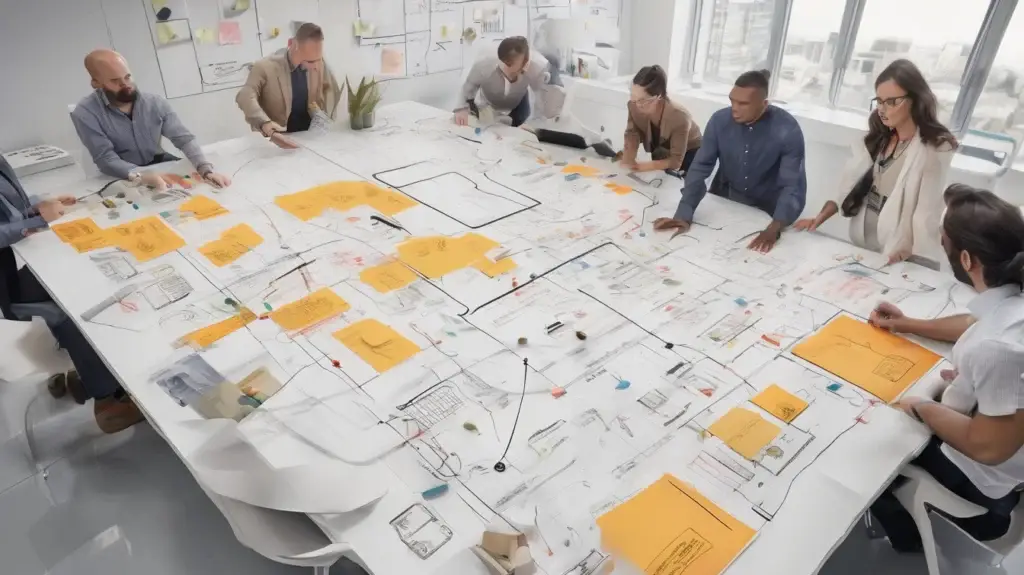

Architecture, engineering, and construction (AEC) firms work in some of the most complex environments in professional services. Every project—whether designing a science lab, engineering a civic infrastructure system, or coordinating technology systems for a university campus—comes with layers of interdependency, competing stakeholder priorities, and tight timelines.
Yet too often, project and portfolio management within AEC firms operates in silos. Architects, engineers, project managers, and clients frequently communicate on parallel tracks without a shared view of priorities. Research shows that firms repeatedly encounter the same pitfalls: scope creep, misaligned budgets, fragmented communication, and portfolio-level blind spots that prevent leadership from making informed strategic decisions about resource allocation.¹
This creates a reactive culture. Teams fight fires rather than drive long-term value. Executives ask critical questions—“Are we investing in the right projects? Do we have the capacity to take on new work?”—but struggle to find confident answers. The cost is measured not just in profit margins, but in trust with clients and the morale of teams worn down by inefficiency.
The disconnect between strategy and execution is the central challenge. Firms know where they want to go, but lack the visibility and systems to connect that vision with daily project activity.
Kanban, long associated with lean manufacturing and agile software development, is finding new relevance in AEC. Its power lies in visualization, flow management, and continuous improvement. But when applied at the portfolio level, Kanban evolves from a task board to a strategic management framework.
Portfolio Kanban creates what Businessmap calls a “steel thread” between high-level initiatives and frontline tasks². Imagine a board where the objective “Expand into Healthcare Market” sits at the top, linked directly to projects like “Design New Medical Simulation Lab” and tasks like “Evaluate VR/AR integration for anatomy training.” Every activity is visible in context, and progress automatically rolls upward. This not only eliminates status-report churn, it aligns everyone in the firm around shared goals.
Platforms such as Kanban Zone are bringing this approach to life for AEC firms. By moving beyond simple project scheduling tools, these systems offer features tailored to the industry’s persistent challenges:
In short, Portfolio Kanban transforms management from reactive firefighting into proactive, data-driven decision-making.
For AEC firms, the shift to Kanban-enabled strategic portfolio management is more than adopting a new tool—it’s embracing a new way of working. The results are tangible:
Just as importantly, Kanban reconnects people to purpose. When every team member—from a junior designer to the C-suite—can see how their work contributes to strategic goals, motivation and alignment rise. Work stops being an isolated task list and becomes part of a shared mission.
The AEC sector is at an inflection point. Firms face increasing pressure from clients to deliver faster, more sustainably, and with greater transparency. The ones who thrive will be those who transform portfolio management into a strategic capability—not a back-office function.
Kanban-enabled platforms like Kanban Zone offer a clear path forward. They give leaders a panoramic view of their firm’s commitments, connect that strategy to frontline execution, and provide the agility to manage change with confidence.
For firms that have grown tired of fighting fires, the choice is stark: continue with fragmented, reactive practices, or embrace a system that aligns strategy, empowers teams, and drives sustainable growth. The future of AEC project management is both visual and strategic.
Share this post: